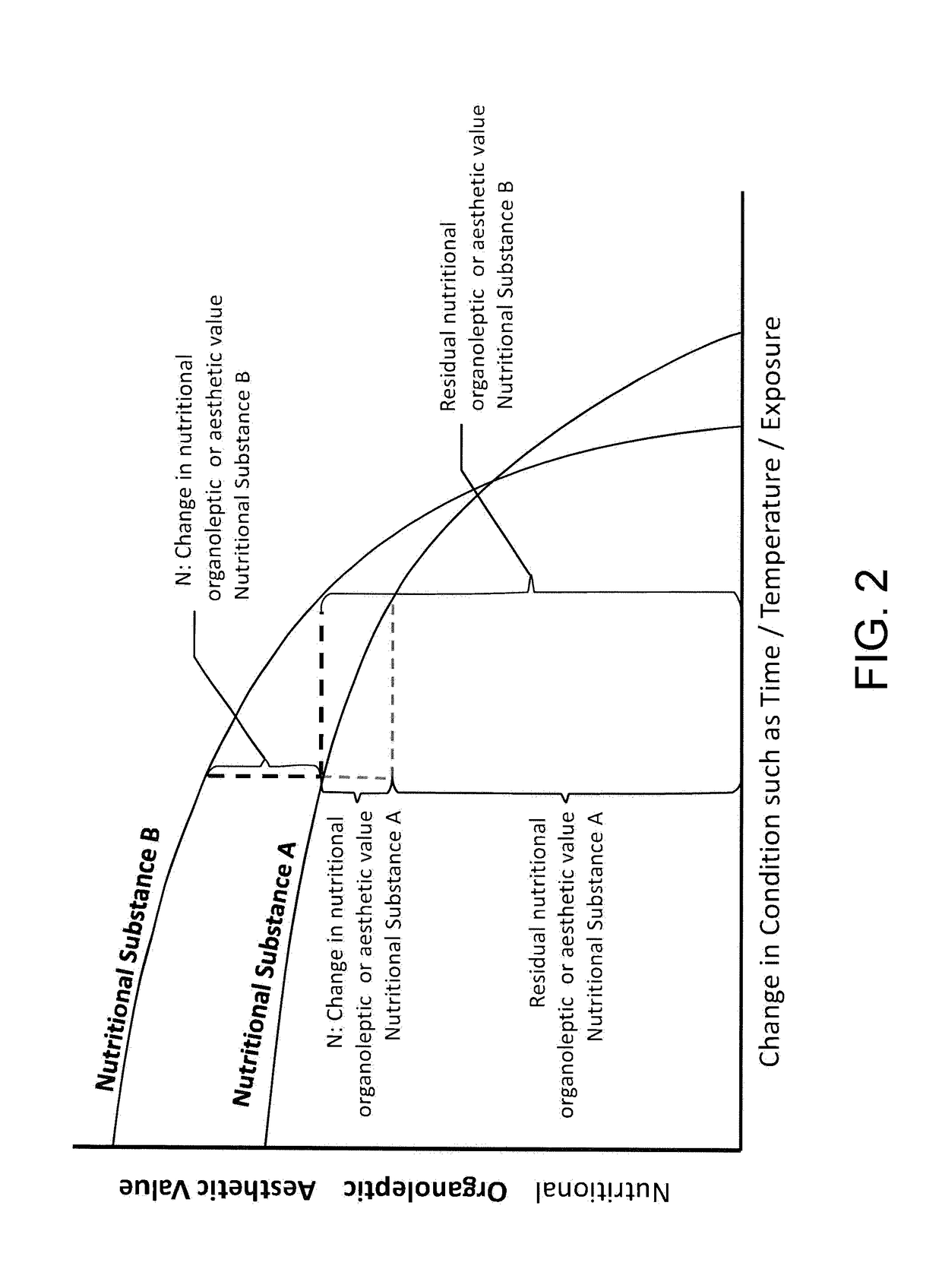Computer Vision Based Food System And Method
a computer vision and food technology, applied in the field of computer vision based food system and method, can solve the problems of affecting the nutritional content of nutritional substances, unable to inform consumers of this information so as to enable consumers to better meet their needs, and cannot predict changes in these properties
- Summary
- Abstract
- Description
- Claims
- Application Information
AI Technical Summary
Benefits of technology
Problems solved by technology
Method used
Image
Examples
example 1
Computer Vision Overview of Processing by Node
[0399]In one example, the image and other data output from various sensors 820 (or input by the user or through other information databases) may be sent through a pipeline that has several image data analysis stages or classifiers which from a graph (formally or implicitly). The pipeline structure and specific stage implementation are particularly attuned or trained for the food domain, and the types of scenes or environment typically capture alongside food. For example, there can be nodes in the graph of the image data processing pipeline that distinguish and identify only raw or packaged goods, or certain stages may involve distinguishing among several types of background scenes (such as “grocery aisle”, “fridge”, “cabinet”, “countertop”, etc.) and then activating other stages based on that analysis.
[0400]In this graph, for a particular scene being analyzed some nodes may be skipped as not relevant to the particular image frame(s). Fo...
PUM
 Login to View More
Login to View More Abstract
Description
Claims
Application Information
 Login to View More
Login to View More - R&D
- Intellectual Property
- Life Sciences
- Materials
- Tech Scout
- Unparalleled Data Quality
- Higher Quality Content
- 60% Fewer Hallucinations
Browse by: Latest US Patents, China's latest patents, Technical Efficacy Thesaurus, Application Domain, Technology Topic, Popular Technical Reports.
© 2025 PatSnap. All rights reserved.Legal|Privacy policy|Modern Slavery Act Transparency Statement|Sitemap|About US| Contact US: help@patsnap.com



